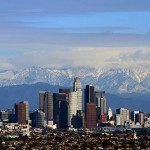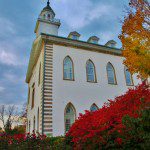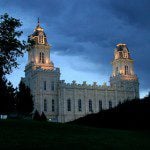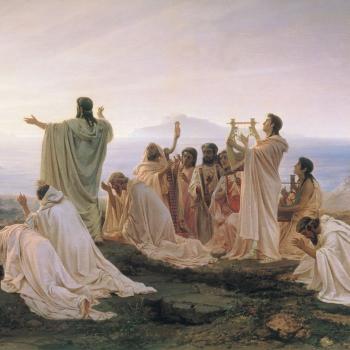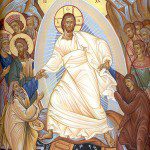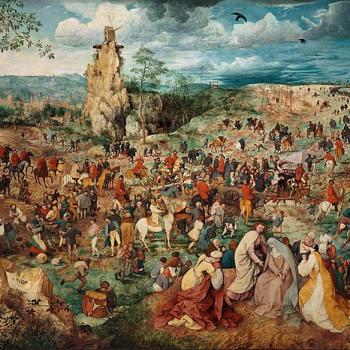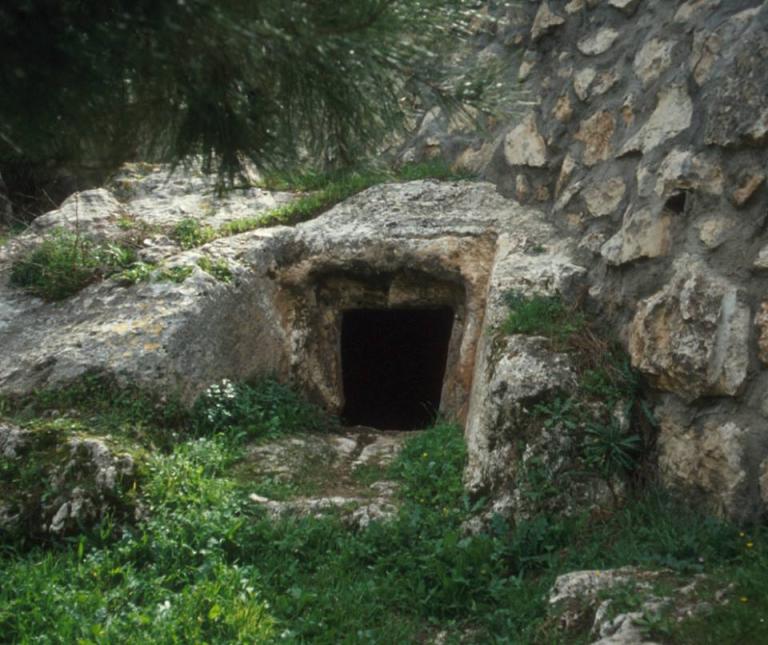
Interpreter Radio Show — February 25, 2024
For the 25 February 2024 episode of the Interpreter Radio Show, Steve Densley and John Thompson spoke with their special guest, Kerry Muhlestein. They discussed Come, Follow Me Book of Mormon lesson 12 and Kerry’s new book The Easter Connection.
Their conversation, shorn of commercial breaks and archived for your listening pleasure, is now freely available online. The “Book of Mormon in Context” portion of this show, for the Come, Follow Me Book of Mormon lesson 12, will also be posted separately on Tuesday, 12 March 2024.
The Interpreter Radio Show can be enjoyed as it is unfolding on Sunday evenings from 7 to 9 PM (MDT), on K-TALK, AM 1640, or you can listen to it live — and enjoy it every bit as much — on the Internet at ktalkmedia.com.
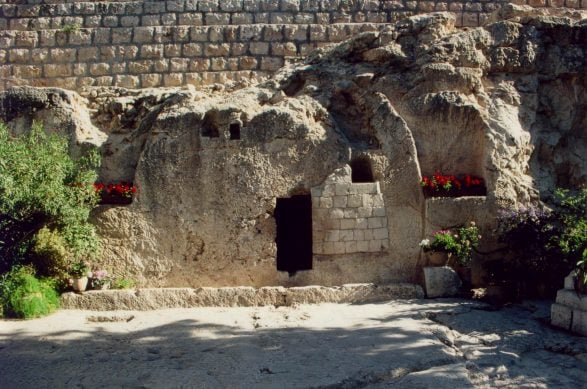
For the record: I don’t actually believe that the Garden Tomb is the right place. But it’s familiar, it will serve as a good illustration, and, anyhow, we don’t know exactly where the right place is (though it’s probably within a few hundred yards) and, so far as we know, have no photographs of it.
In anticipation of a public lecture in Mesa, Arizona, that I was apparently about to give in March or so of 2009, a vocal former Latter-day Saint who had apparently turned atheist wrote to me. Here is a short set of notes that, it seems, I wrote in response to him (though I don’t remember whether I used them anywhere or incorporated them in a reply):
I’m sure your presentation will be interesting and engaging, but with all due respect, from a secular evidentiary point of view, you would first have to establish that it is even possible to live again after ones own death.
I don’t agree. That’s one possible approach, but it’s not the only one and, in this case, not at all the best one. (However, I would recommend to you the Claremont philosopher Stephen Davis’s fine book Risen Indeed: Making Sense of the Resurrection, in which he not only considers the historical evidence but the intelligibility of the claim itself. This was the book that got me thinking along the lines that I’ll briefly touch upon in Mesa, although there won’t be much if any of Davis in this particular fireside.)
From the other side, though, if convincing proof could be given that Jesus rose from the dead — if, say, you had actually seen him dead and then, three days later, conversed with him alive — that would settle the question.
This is nicely illustrated in the ancient Christian pseudo-Clementine literature, in which Clement, a young student of philosophy in Rome, having despaired of any meaningful resolution of the endless back-and-forth about whether life after death is possible, encounters an apostolic eyewitness of Christ’s resurrection at a street meeting near his home. A reliable eyewitness, he decides, is worth much more than any number of theoretical disputes.
As will be readily apparent, the thinking in the fragment above is related to what I wrote in my recent blog entry on “Fact and Theory and Extraordinary Claims.”
And here is another fragmentary set of notes, the occasion for which I no longer recall:
Helmut Koester writes that the appearances of Jesus “cannot very well be questioned.”[1] “We can say with complete certainty,” writes the agnostic New Testament scholar Bart Ehrman, “that some of his disciples at some later time insisted that he soon appeared to them. . . . Historians, of course, have no difficulty whatsoever speaking about the belief in Jesus’ resurrection, since it is a matter of public record.”[2] [“At some later time”? Early.] Traugott Holtz declares that the disciples’ “experience of resurrection . . . is in fact an undeniable historical event.”[3]
Critics who, by and large, accept the notion that the disciples genuinely had experiences of a living Jesus after his crucifixion and death can move in basically two directions. They might point out that events such as the resurrection simply don’t occur, or that life after death is an incoherent concept. Or they might say that we simply don’t, or can’t, know what happened.
What we know, says Fuller, “requires that the historian postulate some other event” besides the disciples’ faith in order to explain the sequel. We must identify the cause of the Easter faith . . . outside of their belief.”[4]
There are a number of alternative, naturalistic explanations for the resurrection. Raymond E. Brown terms them “gratuitous charges,” which suggests the seriousness with which most serious scholars have taken them.[5] As James Dunn says, “alternative interpretations of the data fail to provide a more satisfactory explanation” than does the claim of resurrection.[6] The Claremont philosopher Stephen Davis writes “All of the alternative hypotheses with which I am familiar are historically weak; some are so weak that they collapse of their own weight once spelled out. . . . The alternative theories that have been proposed are not only weaker but far weaker at explaining the available historical evidence.”[7] J. A. T. Robinson declares that “it is indeed very difficult to dismiss [Jesus’ postmortal appearances] and still find a credible explanation.”[8]
There is also the claim most notably made by the late Hugh Schonfeld that Jesus really didn’t die on the cross, but was taken down in a swoon.
[1] Helmut Koester, History and Literature, 84.
[2] Bart Ehrman, Jesus: Apocalyptic Prophet of the New Millennium (New York: Oxford University Press, 1999), 230-231.
[3] Traugott Holtz, “Kenntnis von Jesus und Kenntnis Jesu,” Theologische Literaturzeitung 104 (1979): 10. [Make own translation.]
[4] Fuller, The Formation of the Resurrection Narratives, 169, 181.
[5] Brown, An Introduction to New Testament Christology, 163. See 163-167.
[6] Dunn, The Evidence for Jesus, 76. Compare N. T. Wright, “Christian Origins and the Resurrection of Jesus: The Resurrection of Jesus as a Historical Problem,” Sewanee Theological Review 41 (1998): 118-122.
[7] Stephen T. Davis, “Is Belief in the Resurrection Rational?” Philo 2 (1999): 57-58.
[8] J. A. T. Robinson, Can We Trust the New Testament? (Grand Rapids, MI: Eerdmans, 1977), 124.


